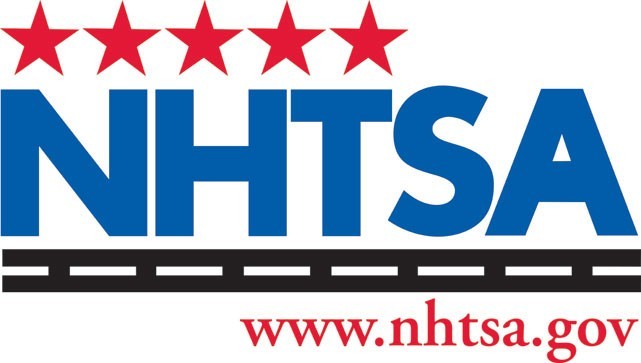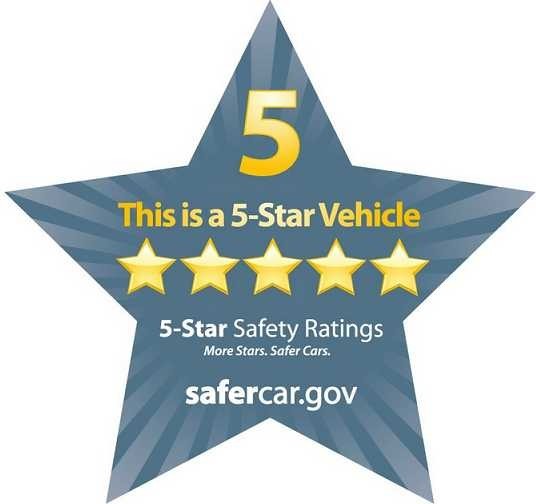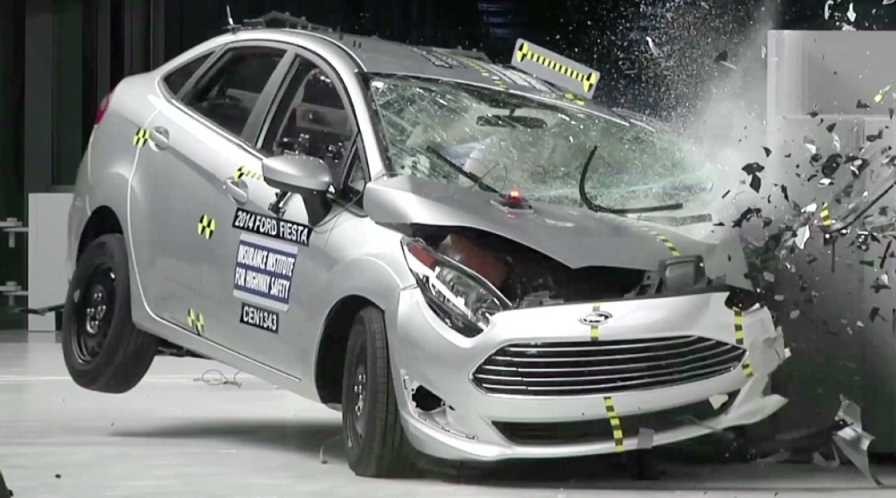What Exactly are 5-Star Safety Ratings?
Every year, automotive safety ratings are announced by the National Highway Traffic Safety Administration (NHTSA) on every popular brand in the U.S. Carmakers, drivers and even body shops like us at Chon's Paint & Body, Inc. are always interested in these ratings.
But, what does the 5-Star Ratings Program really tell us about the true safety of the vehicles driven every day on the roads and highways of Sierra Vista, AZ and in the rest of the country?

The Program and its History
The National Highway Traffic Safety Administration’s New Car Assessment Program (NCAP) created the 5-Star Safety Ratings Program to provide consumers with information about the crash protection and rollover safety of new vehicles beyond what is required by Federal law. One star is the lowest rating and five stars is the highest and of course, more stars equal safer cars.
The program was started in 1978 to measure the level of increased safety for vehicle occupants in frontal crashes. Side crash rating results were added with 1997 model year vehicles and rollover assessments with 2001 models. This is a program that provides safety ratings to consumers so they can compare vehicles when shopping for a new car. The program also encourages manufacturers to voluntarily design safer vehicles.
To find out the safety rating on your vehicle, 5-Star Safety Ratings can be found on SaferCar.gov and are posted on the window stickers that are required to be displayed on all new vehicles.

The System Has Improved Since Its Inception
Over the years, the NHTSA has made their safety ratings more comprehensive and detailed. As the 5-Star Safety Ratings of vehicles improved, the agency looked for new ways to encourage the continuous advancement of vehicle safety. Also, the agency wanted to provide more complete information about vehicles to consumers, so they can make more educated purchasing decisions. The additional testing and data reflected in the new ratings better differentiate between the relative safety of vehicle models.
To improve the program overall, the NHTSA added several new measurables to their system, including side pole testing, using different sized crash-test dummies, collecting more crash data, offering a single Overall Vehicle Score per vehicle, and highlighting new crash avoidance technologies.
While not part of the 5-Star Ratings Program, NHTSA identifies vehicles equipped with advanced technology features like Electronic Stability Control (ESC), Lane Departure Warning (LDW), and Forward Collision Warning (FCW) to help consumers buy a safer car.
How does NHTSA choose vehicles to rate? Each year, the organization tests a sample of new vehicles predicted to have high sales volume or vehicles that have been structurally redesigned. Tested vehicles are purchased from dealerships across the country and are not supplied directly to the NHTSA by the manufacturer, a common misperception. Though the NHTSA is unable to rate every car, all vehicles sold in the U.S. must meet Federal Motor Vehicle Safety Standards.
The Old vs. The New Program
As the program has become tougher and more detailed, some vehicle star ratings that were rated higher under the former Safety Ratings system may be lower under the new 5-Star Safety Ratings system. However, it does not mean that your current 4 or 5-star vehicle is unsafe. Due to more vigorous testing, a vehicle that once received 5 stars under the old system, may receive a lower score under the new system, even if no changes have been made to the model.
The new 5-Star Safety Ratings include, for the first time, an Overall Vehicle Score, and a combination of results from two side-impact crash tests. The intention of the new ratings and tougher crash tests is to encourage manufacturers to build the safest vehicles possible.

Crash Dummies Play a Huge Role
Crash testing is a large part of the safety testing performed by the NHTSA. Crash test dummies representing an average-sized adult male and a small-sized adult female are placed in the driver and front passenger seats, respectively, and are secured with seat belts. Vehicles are crashed into a fixed barrier at 35 mph, which is equivalent to a head-on collision between two similar vehicles, each moving at 35 mph.
Instruments measure the force of impact to each dummy’s head, neck, chest, pelvis, femur (legs), and feet. The frontal crash rating is an evaluation of injury to the head, neck, chest, and femur (legs) for the driver and right front seat passenger. Since the frontal crash test reflects a crash between two similar vehicles, only vehicles from the same weight class, plus or minus 250 pounds, can be compared when looking at frontal crash ratings.
So, now hopefully you can understand what these 5-Star Safety Ratings by the NHTSA mean. It's important information for the next time you're looking for a new (or used) car. Because at Chon's Paint & Body, Inc., yes--we work on accident-damaged vehicles, but we all want everyone to be as safe as they possibly can.
Sources: NHTSA, U.S DOT and CNN.com




